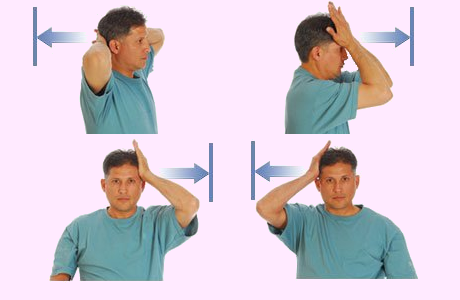Saving Diabetic Foot
 |
Diabetic ulceration of grater toe of left foot |
What is a Diabetic Foot
Diabetic foot is a condition that exhibits any pathology that results directly from diabetes mellitus or any long-term complication of diabetes mellitus. The foot of a diabetic patient has the potential risk of pathological consequences including infection, ulceration and/or destruction of deep tissues. Principal causative factors are peripheral neuropathy, vascular compromise, ulceration, and infection. These factors, often associated with trauma or foot deformity, lead to an increased risk of lower limb amputation. People with diabetes are 25 times more likely to lose a leg than people without the condition. Diabetic foot is a complication that can occur to any diabetic person and can lead to amputation and even death if not taken care of. In many cases, foot ulceration can be prevented with appropriate healthcare and patient education. All people with diabetes should have regular foot and footwear inspections.
 |
Gangrene will lead to amputation |
India has the largest number of diabetic patients in 1995 (19.4 Million). In 2025 it is projected to be 57.2 million i.e. 114.4 million foot are at risk. 40-70% of lower extremity amputations are related to diabetes. 85% of all diabetes-related amputations are due to foot ulcers. As we all know, Prevention is better than cure, self assessment is the first step to prevent diabetic foot.
Self Physical Examination
Visual inspection of the skin of leg and feet, particularly the dorsal, plantar, medial, lateral and posterior surfaces should be done. Also check the areas behind heels and between toes; closely examine each toe nail which are generally overlooked.
Check out if the character of the skin changes from the most proximal leg to the more distal foot. Compare the skin on the feet to the skin of the upper limb. Look for any changed features (eg : reddish-brown round papules), pigmentation (slowly enlarging, irregular, hyperpigmented plaques on the shins); texture (i.e. scaly skin) and skin turgor (skin turgor is the skin’s degree of resistance to deformation and used to assess the degree of fluid loss. To measure turgor, tent the skin between 2 fingers, then release. Skin with normal turgor rapidly returns to its normal position, whereas skin with decreased turgor remains elevated).
 |
reddish-brown round papules |
 |
pigmented skin |
Look for the presence of peeling skin and maceration or fissuring of the inter-digital skin.
 |
| Scaly peeling skin |
Check for fissures on the heel or on the ball of the great toe.
Look for edema in the ankle and/or foot, which may be pitting or non-pitting in nature.
Check for the presence of varicose veins and scarring from previous ulceration.
 |
varicose veins with ulceration |
Assess skin temperature using the back of the hand. Normal skin temperature ranges from warm at the shin to cool at the distal toes.
Arterial insufficiency should be suspected if you experience pain at the calf or foot during activities, which is relived with rest (Intermittent Claudication).
A diabetic is considered at risk for peripheral vascular disease. Palpate your lower limb pulse, in the dorsalis pedis arteries (in between the 1st & 2nd metatarsals), posterior tibial arteries (near to the medial malleolus of tibia,above the ankle), popliteal arteries (popliteal fossa, back side of knee) and superficial femoral arteries (at the groin region), bilaterally. Absence or diminished pulse indicates presence of peripheral vascular disease.
A diabetic is considered at risk for peripheral vascular disease. Palpate your lower limb pulse, in the dorsalis pedis arteries (in between the 1st & 2nd metatarsals), posterior tibial arteries (near to the medial malleolus of tibia,above the ankle), popliteal arteries (popliteal fossa, back side of knee) and superficial femoral arteries (at the groin region), bilaterally. Absence or diminished pulse indicates presence of peripheral vascular disease.
Check out your vibration sense. You can assess vibration sensation with a tuning fork. Vibration sensation usually tested with a 128 Hz tuning fork, which is placed on the medial eminence of the 1st & 5th metatarsophalangeal joints, the base of the 5th metatarsal, the navicular bone and the medial and lateral melleoli. When the vibration ceases and a subjective evaluation of the degree of sensory loss should be made based on comparison with the opposite, uninvolved limb or hand.






.jpg)
I would like to give you huge thumbs up for the information you have shared on diabetic foot.
ReplyDelete